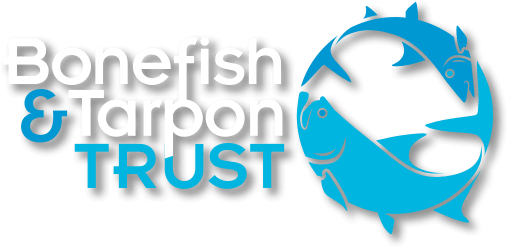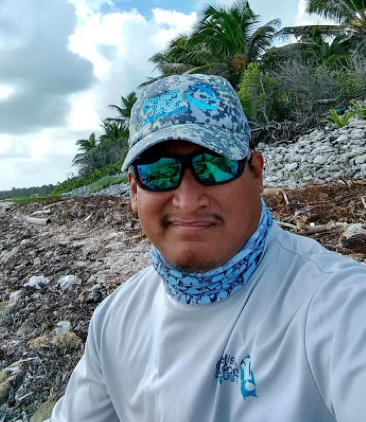As the Belize-Mexico Program Coordinator, Dr. Addiel U. Perez will lead BTT’s expansion of conservation efforts in the region. He joins BTT after completing his Ph.D. on bonefish movements and pre-spawning site identification in northern Belize and southern Mexico. You can read previous BTT blog posts about Addiel’s research here and here.
Dr. Perez was born in the small fishing community of Sarteneja in northern Belize. His experience in the lobster and conch fisheries with his father during his early years set the stage for his life goal: contribute to the sustainability of fisheries resources while improving the lives of those who reside in coastal communities.
Dr. Perez’s integration into conservation and management began in 1997, when he volunteered and trained with many local and international researchers that collaborated with non-government organizations such as Program for Belize, Belize Audubon Society, and Coastal Zone Authority and Institute. After earning an associate degree in Marine Science, followed by a bachelor’s degree in Biology, he worked for a year in the Mesoamerican Barrier Reef System Project before becoming manager of the South Water Caye Marine Reserve in 2006. Dr. Perez went on to earn an interdisciplinary master’s degree in Natural Resources and Rural Development with a focus on Management in Mexico. While working on his master’s, he characterized the recreational-sport fishing of Belize using a Mixed-Methods Approach. He also used this approach in combination with tagging to understand bonefish movements and identify pre-spawning sites during his Ph.D. studies.
BTT is proud to have a scientist with such close ties to the region’s fisheries and communities lead the expansion of BTT’s conservation efforts in Mexico and Belize, where BTT began working in 2006. This approach will focus on the social, cultural, economic, and ecological connections that must be understood to ensure a healthy flats fishery for the future.




